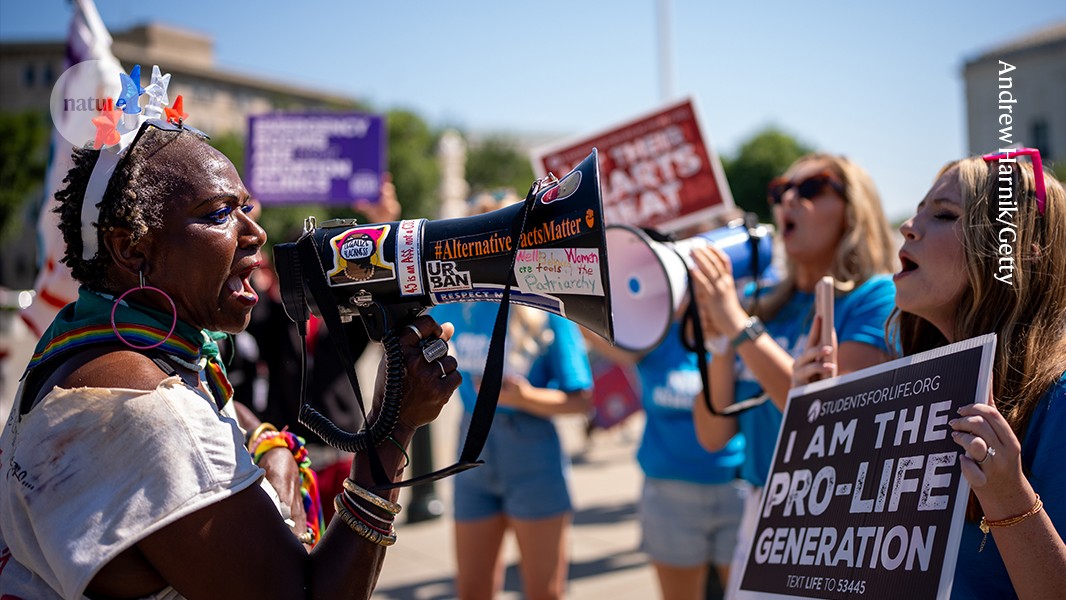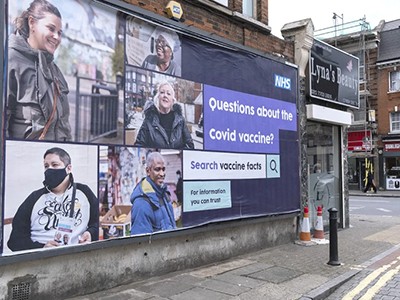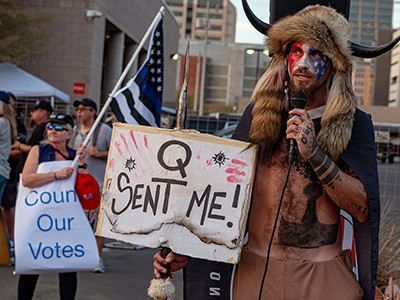Outraged: Why We Fight About Morality and Politics and How to Find Common Ground Kurt Gray Pantheon (2025)
Social psychologist Kurt Gray’s timely book Outraged begins with a dramatic swerve he made on a motorway — a teenage driving mishap, a chase and an escape from the clutches of road rage. That frightening early life experience sparked Gray’s academic exploration of the roots of moral disagreement, which underpins conflicts in politics and media, and even on gridlocked streets.
By dissecting the rich body of research on how we make judgments about right and wrong, Gray delivers a second swerve — a bold conceptual turn in explaining why people collide over morality and how such collisions can be avoided.
Misinformation poses a bigger threat to democracy than you might think
He argues that our moral reflexes reveal an innate motivation to protect ourselves and others from harm. Although outrage might seem aggressive — a loud fury hollered across town halls and digital echo-chambers — it is in fact a defensive stance.
Outrage, Gray suggests, can be understood once we recognize that moral anger is often an expression of fear. In many cases, when someone is outraged, it is because they are scared that a vulnerable person will be hurt or mistreated by an action or a policy.
Many liberals and conservatives disagree on climate policies because they focus on different victims. US Democrats lobby for tighter environmental regulations to protect ecosystems, whereas Republicans support plans to ease environmental regulations to prevent job losses in the fossil-fuel industry. Each group is seeking to protect someone from harm.
For Gray, this dynamic is the source of our divisions, but also a source of hope. If everyone has the same moral impulses and pursues the same moral project, then there is something uniting us. Gray’s pragmatic solution to polarization is simple: share your perspective on who is being harmed by an action, and listen to others’ fears. By doing this, we will all become more sympathetic citizens.
Moral myths
Despite its title, Outraged is a remarkably calm and inoffensive book. Its conversational style mirrors its conciliatory message. In pursuit of relatability, personal anecdotes are woven in along with psychological experiments, recounted with a clarity that renders them fresh and interesting.
Gray draws on his own psychological experiments and studies from other psychologists who study morality have sought to explore our intuitions about right and wrong through clever experiments and large surveys. The book aims to debunk three myths: that we are prone to aggression because we evolved as apex predators; that there are harmless wrongs; and that facts can change people’s attitudes and bridge divides.
Structurally, these three sections align with a chronology of the past, present and future of human morality. Starting with our evolutionary heritage, Gray argues that “humans express online outrage for the same reason they expressed outrage in Stone Age tribes: to guard against societal harm and reinforce moral norms”. Same mindset, different era.
How conspiracies took root in our culture
Crucially, Gray proposes that archaeologists have made a grievous error in their interpretation of the fossil record. Protection, not aggression, is the name of our evolutionary game. He urges us to discard the image of early humans as brutal hunters sharpening their spears for a predatory chase; instead, we should view them as hunted creatures trying to survive amid roving dangers. Evolutionarily, we were not predatory villains, Gray maintains — we were pretty weak prey.
Gray cares about this because “the assumption that humans are predators makes our moral opponents seem predatory — cold and calculating — when they do bad things”.
Debunking a myth often entails denying the old narrative and completely reversing it — replacing one story with its opposite. In this case, the temptation is to claim that we were not predators, we were prey. But weren’t we both? In its early sections, the book gets a little stuck between presenting a clear theory and promoting misleading binaries. This is a wider disciplinary challenge for evolutionary psychology; amid sparse evidence and stretched implications, it can fall prey to a rigid retrospective logic that often oversimplifies the complexities of human nature.
The master key
But, fortunately, Outraged is a contemporary book concerned mostly with our present predicaments. The second myth it aims to disprove is the idea that our morality is a scattered assemblage of many heterogeneous components and levers. Instead of many moral foundations governing our instincts about good and evil, Gray insists that harm is “the master key of morality” (a recurring refrain).
He critiques theories that anchor moral concerns beyond harm, especially social psychologist Jonathan Haidt’s The Righteous Mind, whose shadow looms large over moral psychology and how people perceive the field. Outraged thus wishes to refute the notion (disseminated by Haidt) that there are ‘harmless wrongs’ – actions we perceive to be wrong but which we think hurt no one.
Marshalling a range of real and thought experiments, Gray argues that “all moral judgments are psychologically grounded in harm, no matter whether you lean left or right”. Gray’s physiological experiments reveal that when a person is asked to physically imitate an act that is typically harmful, such as holding a realistic toy gun to someone else’s head, their body will be biologically disturbed.




